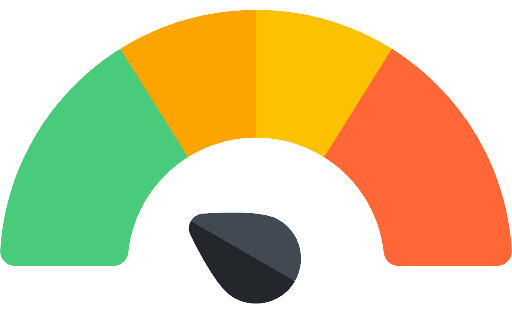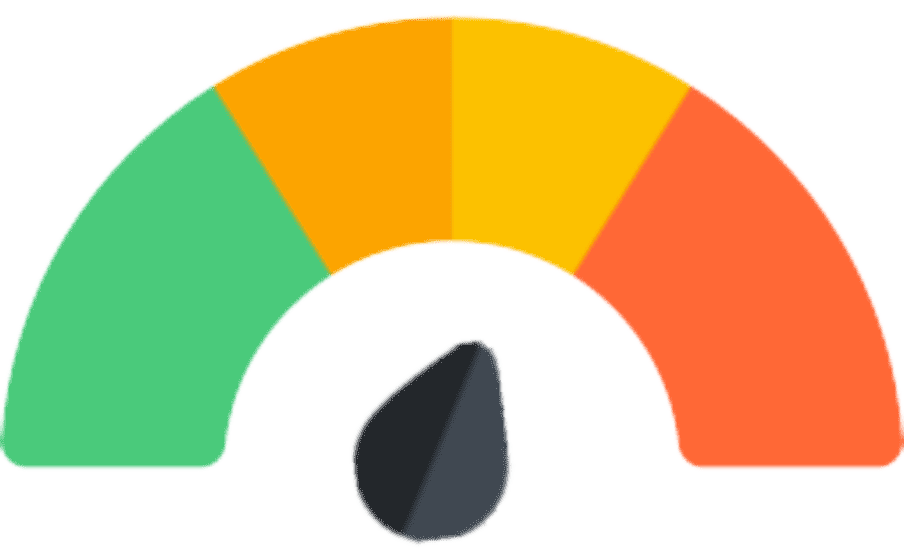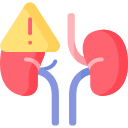FLIBANSERIN
THERAPEUTICS
Class
- Serotonin 1A agonist and serotonin 2A antagonist
FLIBANSERIN commonly prescribed for
(Bold for FDA approved)
 How FLIBANSERIN works
How FLIBANSERIN works
• Sexual dysfunction is theoretically linked to an imbalance in central excitatory and inhibitory sexual signals
• HSDD hypothetically results from excessive inhibitory signals, inadequate excitatory signals, or a combination of the two
• Flibanserin hypothetically counteracts this imbalance in HSDD through its ability to both reduce inhibitory signals and enhance excitatory signals
• Specifically, flibanserin increases the release of dopamine and norepinephrine, which are excitatory sexual signals, and reduces the release of serotonin, an inhibitory sexual signal
How long until FLIBANSERIN works
• In clinical trials, improvement was seen at 4 weeks
SIDE EFFECTS
 Notable Side Effects
Notable Side Effects
• Somnolence
• Nausea
• Fatigue
• Insomnia
• Dry mouth
 Life Threatening Side Effects
Life Threatening Side Effects
• Dizziness, syncope, especially when combined with alcohol (contraindicated)
weight gain

unusual
sedation

common
What to do about FLIBANSERIN side effects
• Wait
• Wait
• Wait
• Review any concomitant medications and consider reducing the dose or discontinuing agents that may be interacting with flibanserin
• Switch to another treatment option
DOSING AND USE
usual dosage range
• 100 mg once daily at bedtime
 Dosage Forms
Dosage Forms
• Tablet 100 mg
long term use
• Not studied
• However, flibanserin is recommended for long-term use with close monitoring
habit forming
• No
SPECIAL POPULATIONS
 Renal Impairment
Renal Impairment
• Exposure may be increased
 Hepatic Impairment
Hepatic Impairment
• Contraindicated; flibanserin exposure increases 4.5-fold in patients with hepatic impairment
 Cardiac Impairment
Cardiac Impairment
• Use in patients with cardiac impairment has not been studied
 Elderly
Elderly
• Not approved for use in postmenopausal women
• Some elderly patients may theoretically tolerate lower doses better but this has not been formally studied
 Children and Adolescents
Children and Adolescents
• Safety and efficacy have not been established
 Pregnancy
Pregnancy
• Effective June 30, 2015, the FDA requires changes to the content and format of pregnancy and lactation information in prescription drug labels, including the elimination of the pregnancy letter categories; the Pregnancy and Lactation Labeling Rule (PLLR or final rule) applies only to prescription drugs and will be phased in gradually for drugs approved on or after June 30, 2001
• Controlled studies have not been conducted in pregnant women
• In animal studies, fetal toxicity occurred only in the presence of significant maternal toxicity including reductions in weight gain and sedation
• In animal studies, decreased fetal weight, structural anomalies, and increases in fetal loss occurred with flibanserin at exposures greater than 15 times those achieved with recommended human doses
 Breast Feeding
Breast Feeding
• Unknown if flibanserin is secreted in human breast milk, but all psychotropics are assumed to be secreted in breast milk
• Breast feeding is not recommended during treatment with flibanserin
Based on data Published online by Cambridge University Press
Compiled by Dr. Jash Ajmera